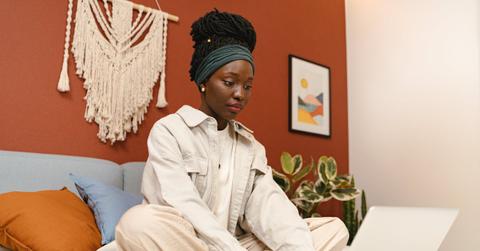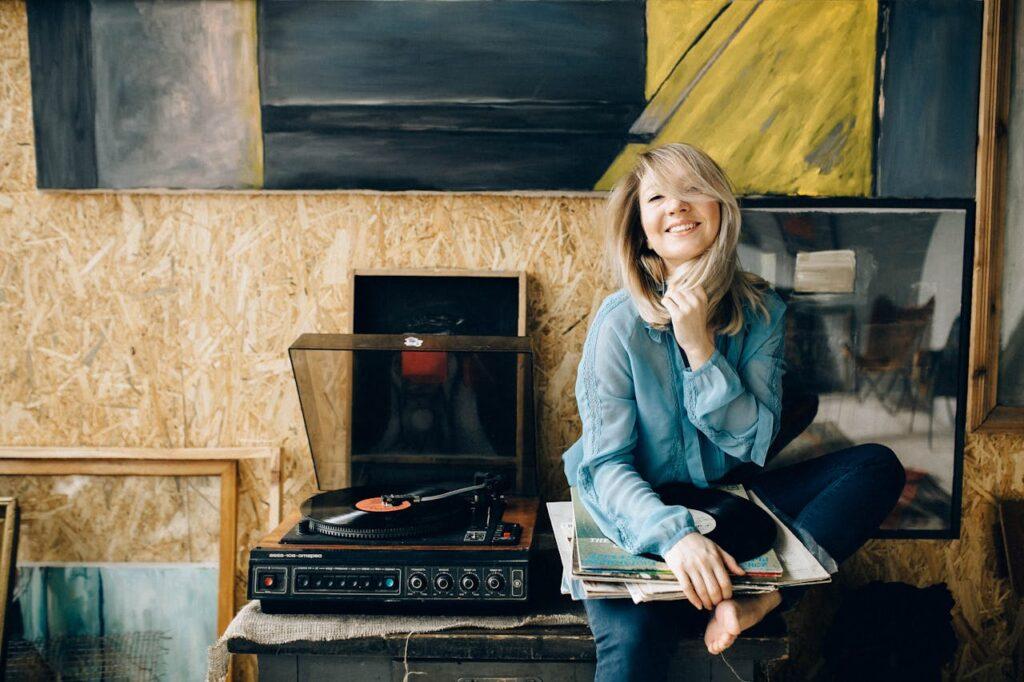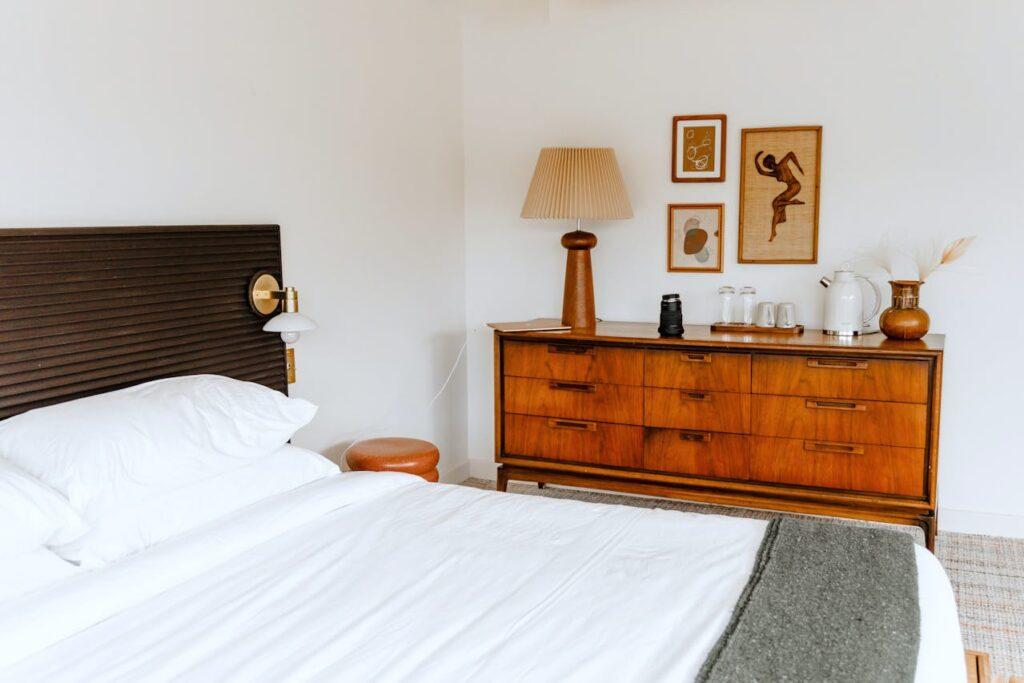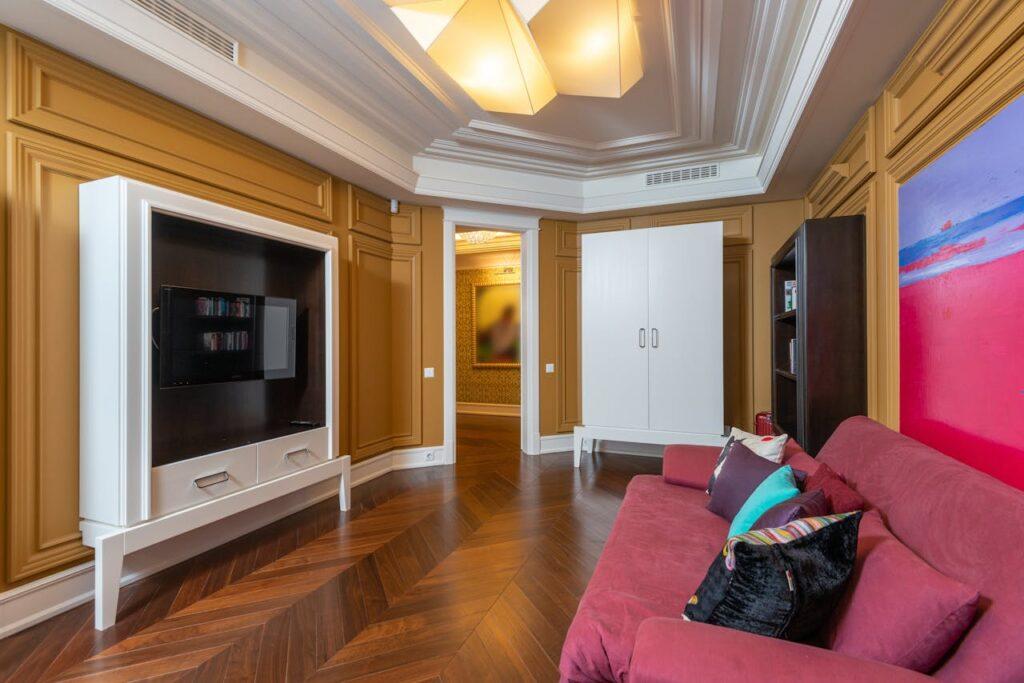Wellness And Productivity: How Women Are Redesigning Their Homes For Health

When it comes to wellness and productivity, women are reimagining their living spaces to better support both holistic health. In fact, research has shown that about 60% of consumers sought eco-friendly and sustainable home decor options in 2024. There’s even scientific evidence that decor choices including colors, textures, lighting, and shapes can affect one’s mood, productivity, and mental wellness.
“Design for joy isn’t just a trend — it’s a mindset shift that has been central to my work from the very beginning,” Veronica Sanders, a Dallas-based interior designer, told Forbes in a recent interview. “I’ve always believed that our surroundings should be a source of inspiration, comfort, and emotional uplift. With the uncertainty and stress many face today, more clients are recognizing the power of their homes to enhance well-being, and they’re seeking spaces that spark joy in a deeply personal way.”

With this in mind, women around the world have been shifting narratives and making home design and decor choices that support wellness and productivity. The global pivot toward remote work, increasing awareness of mental health, and a growing emphasis on holistic well-being have inspired a wave of intentional design choices that prioritize comfort, functionality, and self-care. Here are a few prevalent trends:
Bringing The Outdoors Indoors
Whether it’s incorporating natural materials like wood, bamboo, iron, leather, or stone, infusing plants, shrubs or flowers into wall art, or adding natural light and water to the mix, this is one trend that puts organic wellness and beauty at the forefront.
Biophilic interior design puts an emphasis on a person’s love for interaction with other living things, and it promotes tranquility, elevated learning, and anxiety and stress reduction. A few good examples of this, from luxe to affordable, cozy-chic include Naomi Campbell’s Kenya villa and makeup artist Kim White’s Brooklyn apartment.

Centering Minimalist Decluttering
This design style is all about the “less is more” approach, with warm minimalism focusing on curating high-quality art pieces, choosing complementary hues like browns, greys, creams, or muted versions of oranges, pinks, and blues. Clean lines with soft, rounded edges allow for open, airy spaces that prioritize flow, natural light, comfort, which, in turn decreases the “distraction of clutter,” writes designer Sarah Walker.
“Warm minimalism creates an atmosphere of calm, balance and understated elegance,” she wrote. “It’s about simplifying spaces without sacrificing comfort, resulting in interiors that are as inviting as they are stylish.”
Meshing Maximalism, Sensory Aesthetics, And Joy

Design elements like sensory rooms, dopamine decor, and maximalism all tap into accessibility, inclusivity, and holistic health. It’s about being deliberate about scents, colors, patterns, textures and even sounds in order to make your home one that not only reflects your unique traits and acknowledges your full self, but immerses you and your family in fun, imagination, and wonder.
“Using the home to engage our senses can help to energize us when we’re tired and relax us when we’re stressed, enabling us to feel our best every day,” Sylvia James, interior design expert, told House Beautiful. “Sensory interior design can also help us build a better relationship with our home, so we look forward to spending time there.”
A few examples of this are writer Heather Bien’s apartment, the former Los Angeles home of Amina Muccilo, author and founder of Studio Mucci, and power couple Curtis and Danielle Taylor’s Chicago home.
From home offices that balance ergonomics and aesthetics to meditation corners infused with calming elements, women are leading a movement that blends interior design with personal empowerment.
These trends are not just about decorating. They’re all about creating environments that nurture the body and mind while fostering focus and creativity. Whether through biophilic design, natural lighting, decluttered spaces, or multi-functional rooms, women are curating their homes to serve as sanctuaries that align with their daily routines and goals.






